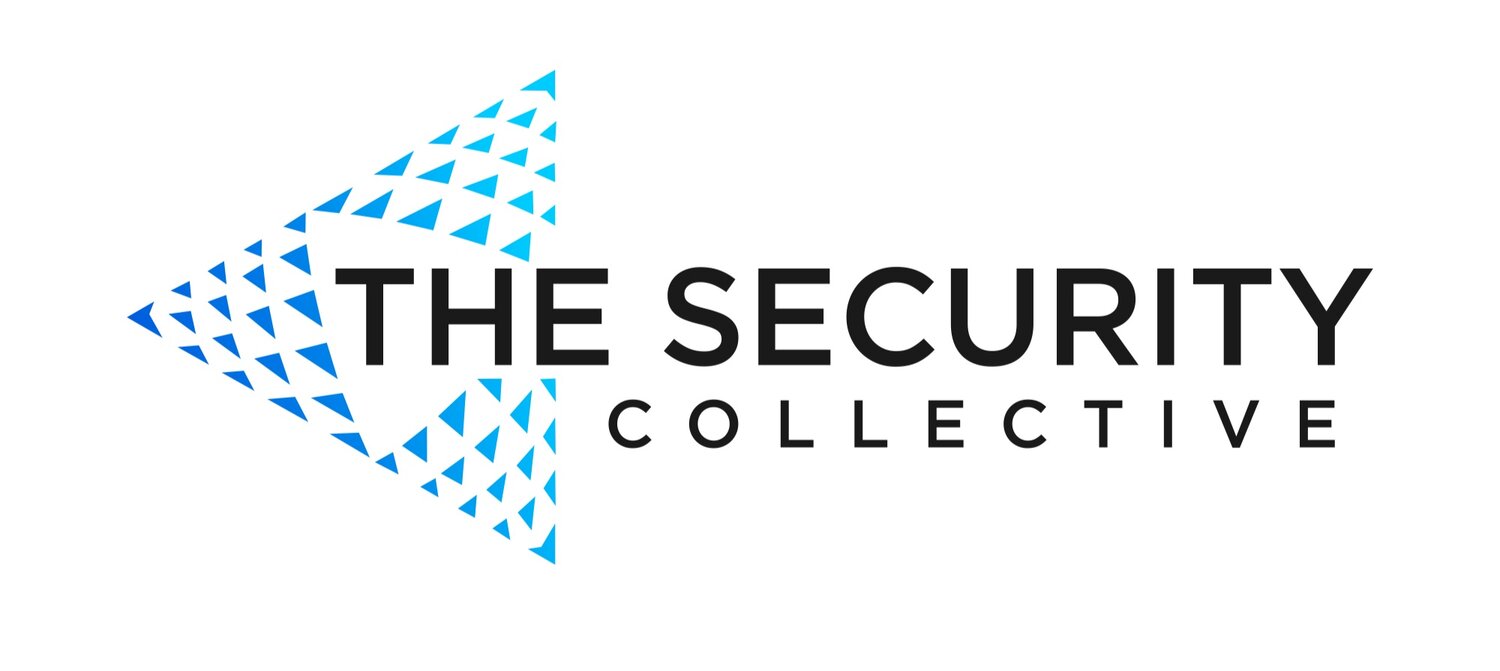How do you minimise the chances of hiring Mr Hyde?
When hiring, I have come to realise that candidates have many faces. These ‘faces’ are seen in the detail you glean from their CV, during their interview and in feedback from others. Each interaction often only gives you one persona – one side of what someone is like. Candidates can be Dr Jekyll during the hiring process but Mr. Hyde once the ink dries on the employment contract (I don’t literally mean they become a monster - they can just be different to what was expected). Taking into account several interactions (possibly hours and in different situations) with a candidate is vital when seeking to hire and retain great talent.
Bear with me while I explain.
On paper
When a candidate first applies for a job, their CV or resume is often the first thing you will see. This document can make an average candidate shine while also making a great candidate appear underqualified. While you can tell a lot about someone from their CV (including those who are verbose or lack attendtion to detail), never trust someone’s persona in their paper form - it has room for interpretation and error.
In person/Interview
This is the first step up from ‘on paper’ and can help to build trust in the candidate’s abilities and establish their nature and approach. While more valuable than a CV, some people are better at this face to face process than others. An in-person chat can help you see the passion in someone’s face for a role or their nonchalance. Be cautious about video conferencing for this process. It can be two dimensional for some and not be as helpful as you would expect. Even in a distributed organistion where VC is heavily relied upon, you can never beat in-person hiring interactions for trust and judgement.
During negotiations
I have found this to be a time when a candidate’s true colours shine through. When it comes down to salary expectations, flexible working and package components, the limelight of the great next career step takes a back seat to core values and what is truly driving someone comes to the fore. For some its family, for some its money and for some it truly is the job. Watch the levers they pull at this time as it will give you a sense of what is important to them at their core.
On the job
You can only truly know a candidate once you have worked with them and even then, the environment plays a big part. No amount of interviews, CV’s, psych tests or reference checks (there’s a blog in reference checks for another day) can help you to know that a candidate is right for the role or will fit your organisation. This is where probationary periods cannot be undervalued. Like in an interview, you and the candidate can both use the probationary period to assess the role. While not taken lightly, sometimes an early parting of ways is the best outcome for all and probation allows for this.
Studies of decisions about people show that only one-third of such choices turn out to be truly successful.” - Peter Drucker
Success in choosing the right person lies in thinking through what your business needs and deciphering if that person meets your needs at every turn. This includes the culture fit, the role requirements and the inputs of many sources of information – more than their immediate work history. And, if you know someone who knows them – outside of their list of referees – reach out to them so you get a real-world perspective on what the candidate is like outside the hiring process.
How do you minimise the chances of hiring Mr Hyde?
Read more blogs here
Buy my book here
Sign up for my newsletter here

